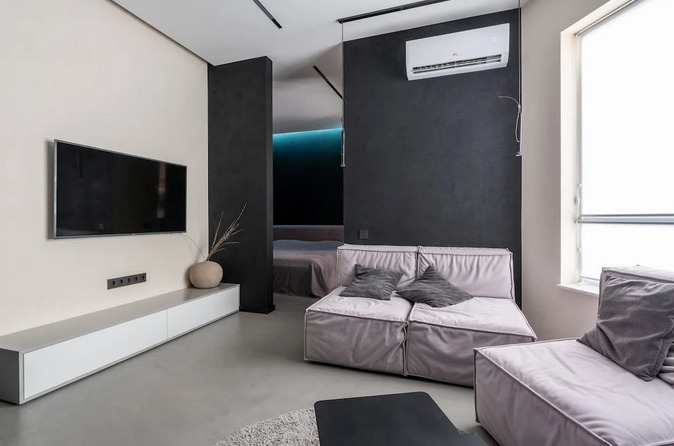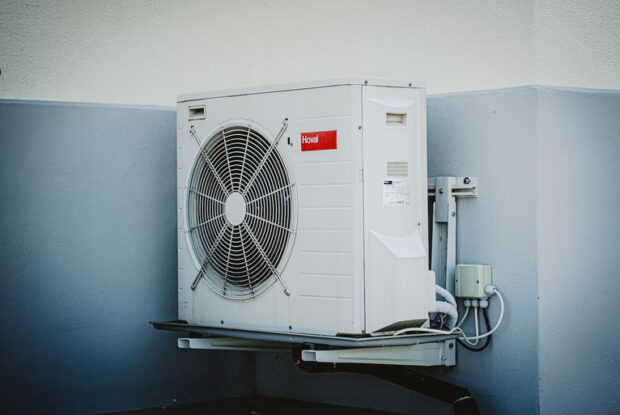Extreme climates present unique challenges when it comes to heating and cooling. Whether battling sweltering summers with scorching temperatures or facing frigid winters with bone-chilling cold, having a reliable HVAC (Heating, Ventilation, and Air Conditioning) system is essential. Heating maintenance and cooling repair services are always in high demand in areas with extreme climates, which is why it’s important to have a reliable and efficient HVAC system in place. In this article, we’ll explore the HVAC solutions designed to conquer the harshest weather conditions, providing comfort and safety in extreme climates.
Understanding Extreme Climates

Extreme climates can take many forms, from the arid deserts of the southwestern United States to the subzero temperatures of northern Canada. These climates pose distinct challenges for HVAC systems, as they must be equipped to handle the following conditions:
- High or low temperatures: In extreme climates, temperatures can reach both extremes. This means HVAC systems must be able to cool down sweltering hot air and warm up freezing cold air.
- High humidity: Humidity levels can also vary significantly in extreme climates. In some areas, the humidity can be so high that it makes the air feel even hotter, while in others, low humidity can cause dryness and discomfort.
- Strong winds: Wind can be a factor in extreme climates, especially during storms or in areas prone to strong gusts. HVAC systems must be designed to withstand and operate effectively in high-wind conditions.
- Dust and debris: In arid regions, dust and debris can become major challenges for HVAC systems. These particles can clog filters and impact the system’s performance, requiring regular maintenance.
- Snow and ice: In colder regions, snow and ice can pose significant challenges for HVAC systems. Frozen pipes, blocked ventilation, and other issues can all arise in extreme winter conditions.
HVAC Solutions for Extreme Climates

To combat the challenges posed by extreme climates, HVAC manufacturers have developed specialized systems designed to provide efficient and reliable heating and cooling. These solutions include:
- Ductless Mini-Split Systems: Ductless mini-split systems are ideal for extreme climates as they can operate efficiently in both hot and cold weather conditions. They also offer flexibility in terms of installation, making them a popular choice for homes and buildings in harsh environments.
- Heat Pumps: Heat pumps are another efficient option for extreme climates, as they can provide heating and cooling using a single system. They work by transferring heat from the air inside to the outside during summer months and vice versa during winter.
- Hybrid Systems: Hybrid systems combine traditional HVAC methods with renewable energy sources such as solar or geothermal power. These systems are particularly effective in areas where extreme weather conditions can impact the availability and accessibility of traditional energy sources.
- Zoned Heating and Cooling: Zoning allows for different areas within a building to have individual temperature controls. This is particularly useful in extreme climates, where certain areas may require more heating or cooling than others due to exposure to outside elements.
In addition to these specific solutions, HVAC manufacturers also offer features such as high-efficiency air filters, variable-speed motors, and smart thermostats to further improve the performance of their systems in extreme climates.
HVAC solutions for extreme climates are designed to provide comfort and safety, even in the harshest conditions. Whether you’re dealing with scorching heat or freezing cold, selecting the right HVAC system and implementing energy-efficient strategies can make a significant difference in maintaining a comfortable and habitable indoor environment. Collaborating with HVAC professionals who understand the challenges of your specific climate is crucial for ensuring the longevity and effectiveness of your system.

